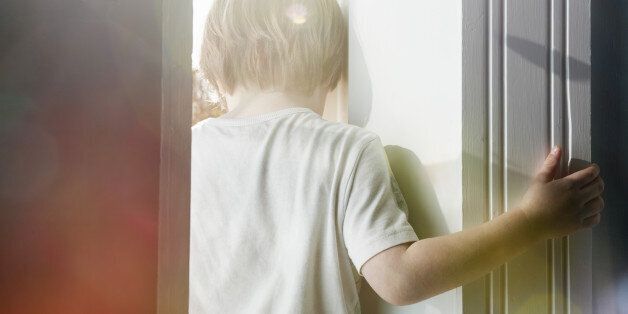
Self-harm amongst young people, particularly girls, has rocketed in the last decade. The numbers of girls admitted to hospital after cutting themselves has quadrupled, incidents of poisoning have risen by over 40%, and demand for university counselling services has mushroomed. Behind these figures are young people and families struggling to cope with toxic levels of mental distress.
In part these figures reflects a greater awareness of mental health and willingness to seek help but more is going on than that. These figures are also evidence that the today's generation of young people are facing unprecedented levels of social pressure leading to serious psychological distress.
The Health Select Committee is beginning a new inquiry into the role of education in promoting emotional wellbeing in children and young people and preventing the development of mental health problems, but our response, as a society, has not, as yet, been anywhere near sufficient to answer this cry for help.
At the Tavistock and Portman we have been engaged for nearly 100 years in understanding the causes of psychological distress amongst young people and, in particular, the impact of childhood experience, relationships and trauma, on mental health. It is why we feel strongly that it was the right thing to do to let the cameras in and help tell the story of young people, their families and clinicians working with them to respond to mental distress and other challenges.
Channel 4's documentary Kids on the Edge, screened over the last couple of weeks, is the result. For us it has captured, with great sensitivity, the challenges faced by young people and their families and which our services are working through on a daily basis. Some of what is shown is shocking but not in any sensationalist way. Only by better understanding, both intellectually and emotionally, the level of distress which can drive a young person to self-harm or to think of taking their own life can we begin to move forward.
There is a growing crisis in children and young people's mental health it demands a response, it requires urgent action. We would highlight three priorities for action.
First, demand for help is outstripping supply. A target has been set that 70,000 more young people are able to access help by 2020. That is welcome. However the treatment gap is enormous. It is estimated that only 25-35% of young people who need help for mental health difficulties receive it. If this was true for cancer there would be a public outrage. Furthermore many services are seeing year on year increases in demand of more than 10%, often combined with increases in case complexity. If the goal is to get good quality and timely help to the young people who need it, the new money promised by Government for children's mental health must reach the front line. So far the story on this has been mixed.
Second, dealing with emotional and mental distress is part of the day to day business of teachers, social workers and other professionals. This workforce need the right skills, recognition and support to help build resilience in children and keep them engaged with education. This is more than just mindfulness, helpful though that might be.
Some of these challenges were brought into focus by the programme on our school, Gloucester House, which supports some of the most troubled children who have been excluded from other parts of the educational system.
As a society we must acknowledge the negative impact growing social pressures and targets are having on our children and young people and the part our education system plays in turning up that pressure. A child's wellbeing should never be sacrificed in the pursuit of educational achievement.
The third issue, graphically illustrated in the final programme, is the difficulty of supporting a young person transition between adolescent and adult services. An arbitrary age cut off can do untold harm. Mental health care relies on strong therapeutic relationships between service users and clinicians. Care should be organised around an individual's own circumstances not the arbitrary diktats of service boundaries and funding.
There is, in our view, no area of the work of the NHS more valuable and rewarding than investing in the health and wellbeing of young people. They are our future and when we get things right there is a lifetime of benefit to be gained for individuals and society.
We have opened our doors at the Tavistock and Portman because we wanted to create a platform for the authentic voices of young people and families using services and the clinicians who work with them. There is a growing public demand for children and young people's mental health to be awarded the priority and the investment in needs. Government has made important commitments, but for kids on the edge turning sympathy into action cannot come too quickly.